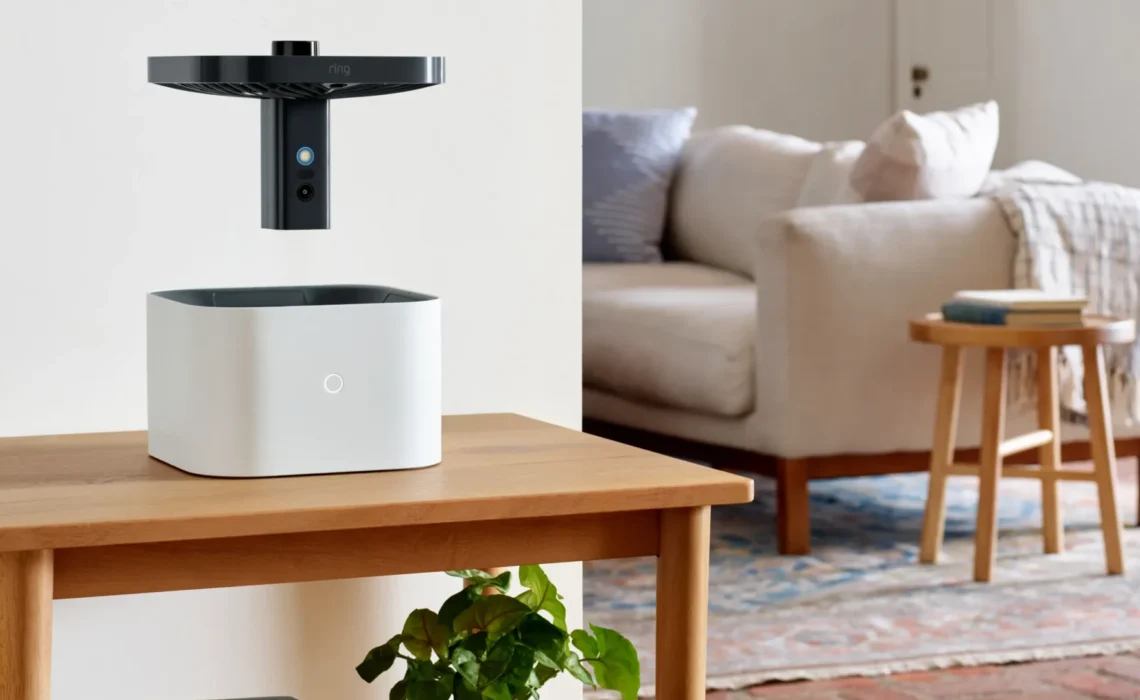
***An edited version of this video and column ran on USA Today***
If the tech world has its way, just about everything you touch will soon be connected. We’re not just talking about lights and music and video doorbells, either. We’re talking e-v-e-r-y-t-h-i-n-g.
Beds. Toilets. Cutting boards. Baby strollers. Mirrors. Bird feeders. The list goes on.
At this year’s CES tech conference, which sets the stage for the tech that will impact our lives in the days and weeks to come, we saw an oven that can Livestream your dinner while it’s baking and a mixer with a built-in scale and connected app. Your mattress can tell you how well you slept — or tossed and turned — and suggest improvements. And none of us will soon forget a palm-sized puck Withings wants us to put in our toilets to analyze our health from the inside out. Literally.
While there’s no shortage of what can be connected these days, how much is novel versus need?
Problem solvers or privacy nightmares?
So far, there’s been an imbalance in smart home gadgets — many more skew on the side of “gimmick” than “gotta-have-it.” Do we need a mood-ring disco fridge? Cool? Yes. Does it save time, money, sanity, or the planet? Notsomuch.
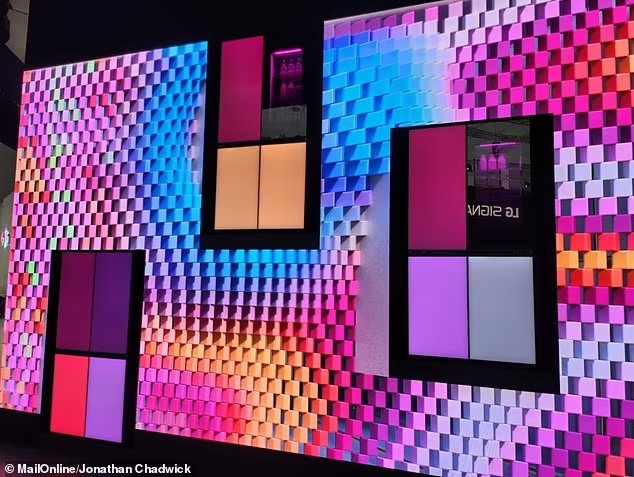
There’s also an ongoing matter of consumer privacy. Companies large and small haven’t been honest about what personal information they collect or share from our wired worlds in the past. Why trust them now?
“One question everyone should ask themselves when looking at a new product,” Cindy Cohn, executive director of the privacy rights organization Electronic Frontier Foundation said during iFixit’s CES “Worst In Show,” presentation, “is whether the company is selling to you or whether they’re selling you.”
Smarthome gadgets are having an iPhone moment.
With all that said, 2023 will likely go down as the year a new generation of smart(er) home gadgets led the masses into more widespread home automation.
It’s like when Apple unveiled the iPhone 16 years ago this week. Most people didn’t own “smartphones” until Apple made them easy, intuitive, and ubiquitous in a short amount of time. Even if you use an Android smartphone now, Apple ushered in that era of widespread adoption. We’re at that same tipping point with our smart home gadgets.
Right now, about half of us have one or two smart home gadgets, such as a video doorbell or intelligent lights in our houses, according to NPD.
They often aren’t the same brand, and they don’t work together in any way that actually makes our lives easier.
Making it Matter
A newly launched, open-source smart home standard called Matter changes the foundation for this category of connection, though. Matter brings compatibility with Amazon Alexa, Apple HomeKit, Google Home, and Samsung SmartThings within a single wireless protocol. In other words, most of our gadgets will now play nicely together in the sandbox. Finally.
Here are a handful of additional gadgets and tech tools we first saw at CES that could lead the way for smarter home tech … that we can actually live with.
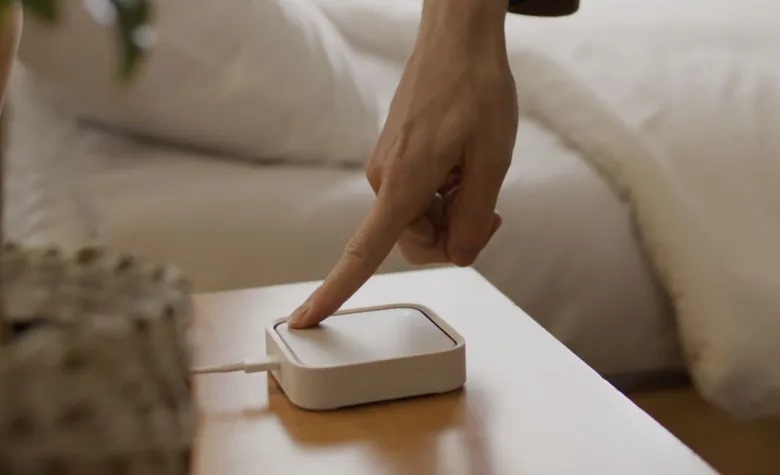
Samsung’s SmartThings Station
Samsung’s pint-sized, push-button puck is at the forefront of this evolution. It’s like a new remote control for your life, interconnecting and managing smart home devices through the touch of a button. You can use it to control TVs, speakers, thermostats, and much more — regardless of what company makes the device. The new hub even doubles as a wireless charger for smartphones and earbuds. It comes out next month for $60.
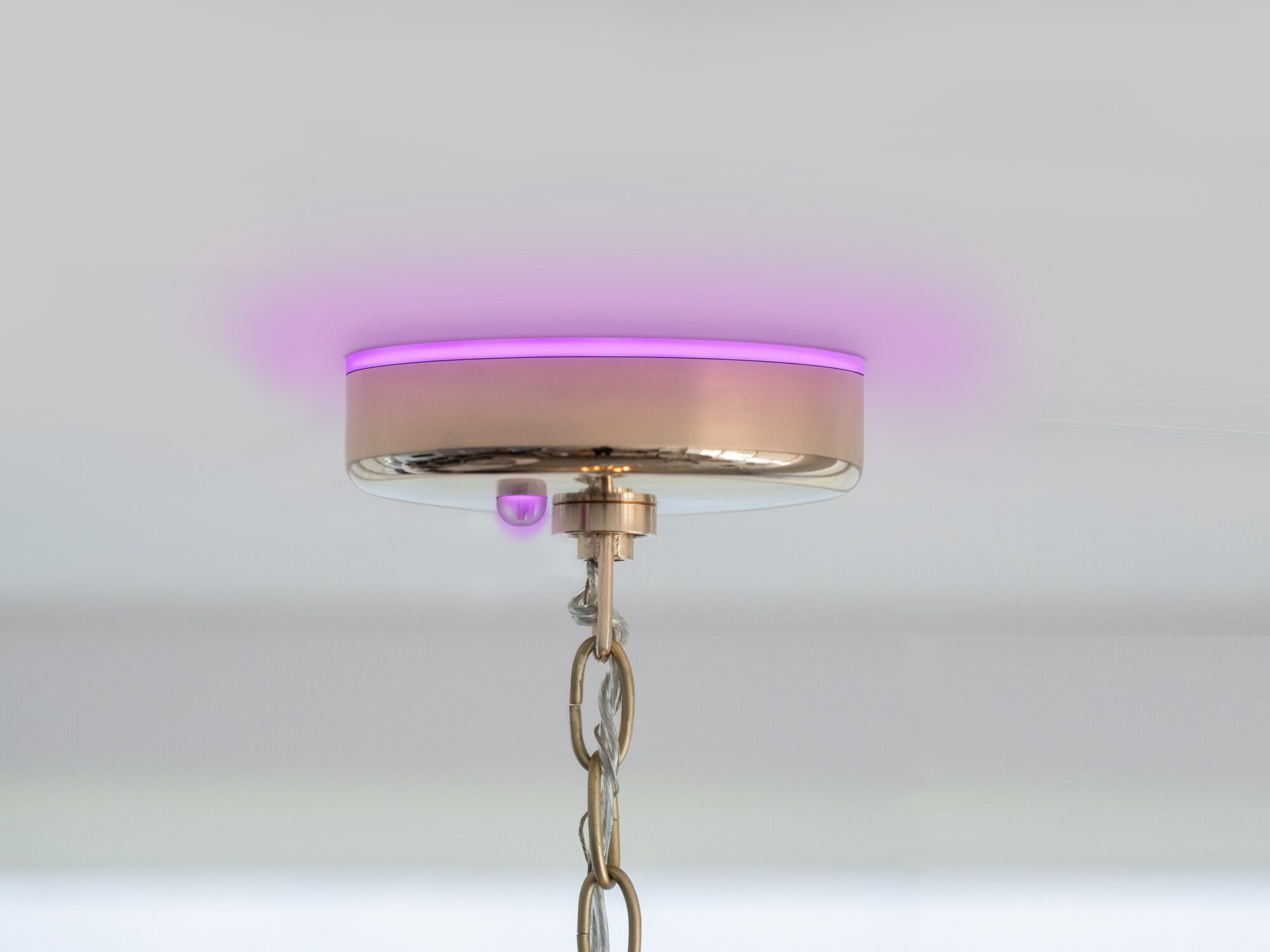
SkyX Skyplug Smart Lighting Base
Some of the biggest obstacles to smart home adoption are cost, installation, and having to buy a bunch of new gadgets to make it all work. However, SkyX Platforms wants to change all that with its new Skyplug Smart lighting base that it says can transform any light fixture or ceiling fan into a smart fixture.
It’s compatible with Siri, Alexa, Google Home, Samsung, SmartThings, and Cortana. You manage it all with the SkyHome App on your smartphone. It includes voice control, scheduling, eco/energy saving mode, color-changing night lights, and more. It’s expected out in March for around $120.
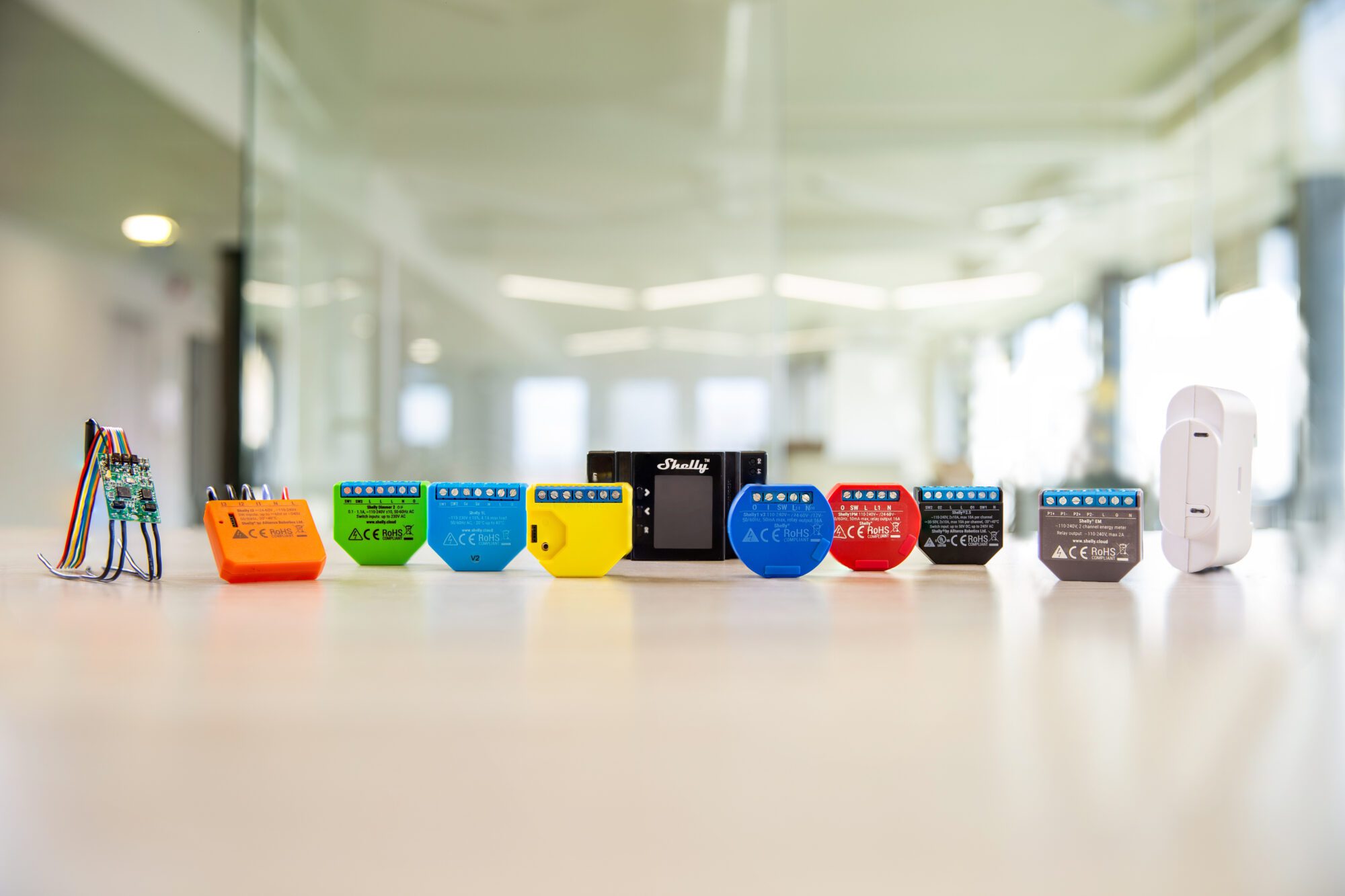
Shelly Next-Gen Smart Home Automation
Several of this year’s top smart home contenders are already household names in other countries. For instance, Beko, a company about to launch a line of new refrigerators promising to keep your produce fresh for a month, has been around for 60 years in Europe. So has Shelly, a company promising to take any electrical circuit and make it smart, among other things.
Shelly unveiled eight new home automation devices at CES 2023, including the Pro 3EM which will let you know where you’ll wasting electricity via its companion app.
“[It] lets people monitor the consumption of any home appliance, electric circuit, or piece of equipment individually, from an app, right away,” Shelly’s business development manager Steven Brous told me at their showroom booth.
“We had [a customer] who couldn’t figure out why his electric bill had skyrocketed recently. After we installed [Pro 3], he saw on the Shelly app that something was still using major power when he went to work, even though he thought he turned everything off. He tracked it in the app and found out that two fans were the cause. By turning those off, he saved 40% of his away-from-home power consumption in the first 20 minutes of having the product installed.”
Brous said demand for smarter home gadgets continues to rise in the United States as energy costs hit all-time highs. But he said there’s still a general fear that connected devices could snoop on you in creepy ways, which is why Shelly gadgets work can work without being connected to the internet.
“Each individual device is intelligent on its own, without the need for connection to the Cloud,” Brous explained.
Shelly’s Motion 2 next-gen WiFi motion sensor is also worth mentioning here. The tiny gadget sticks to your wall and detects motion, temperature, and vibration in less than 200 milliseconds. In addition, it can trigger good actions, such as turning on lights the minute you walk into a room without tapping an app or flipping a switch.
Several of Shelly’s newest smart home automation gadgets are out now. For example, the Shelly Pro 3EM is around $145, while its latest smoke detector, the Shelly Plus Smoke U.S. is almost $50.
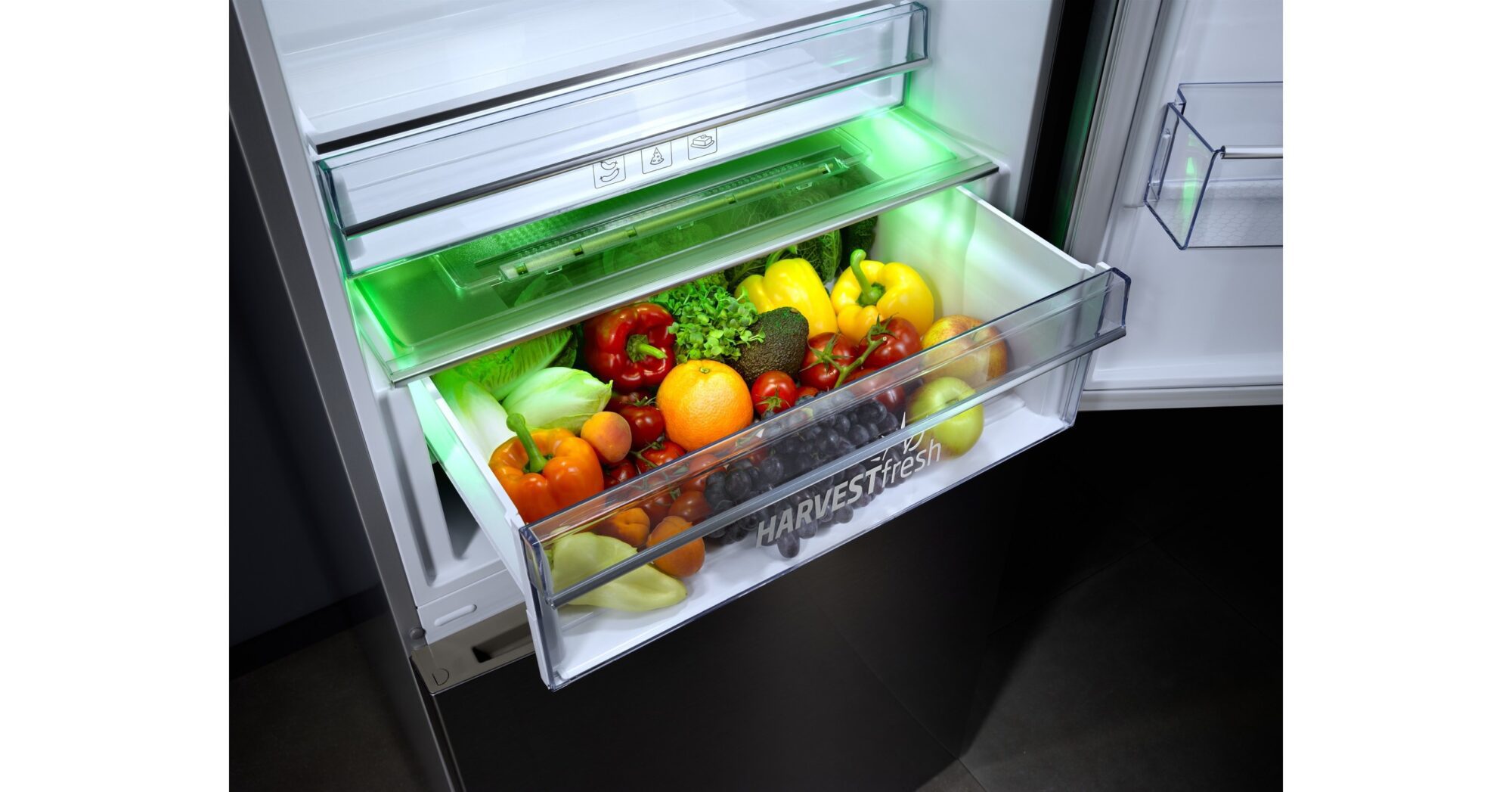
Beko HarvestFresh technology
Beko Smart Fridge with HarvestFresh
As mentioned above, the Beko smart refrigerator promises to keep veggies fresh for 30 days and extend the essential vitamin content in the vegetable itself. It uses new tech they call HarvestFresh, which is a three-color light technology tucked into the crisper drawer. It glows blue in the morning, green at noon, and red at night to mimic the 24-hour sun cycle. This is an example of a “smart” product that can pay for itself in as little as one year. The latest stats show Americans waste more than $218 billion each year on food, with a family of four tossing out $1,600 a year in produce alone. This comes out in 20 various Beko Fridge models in April. The cost starts at $1,300.
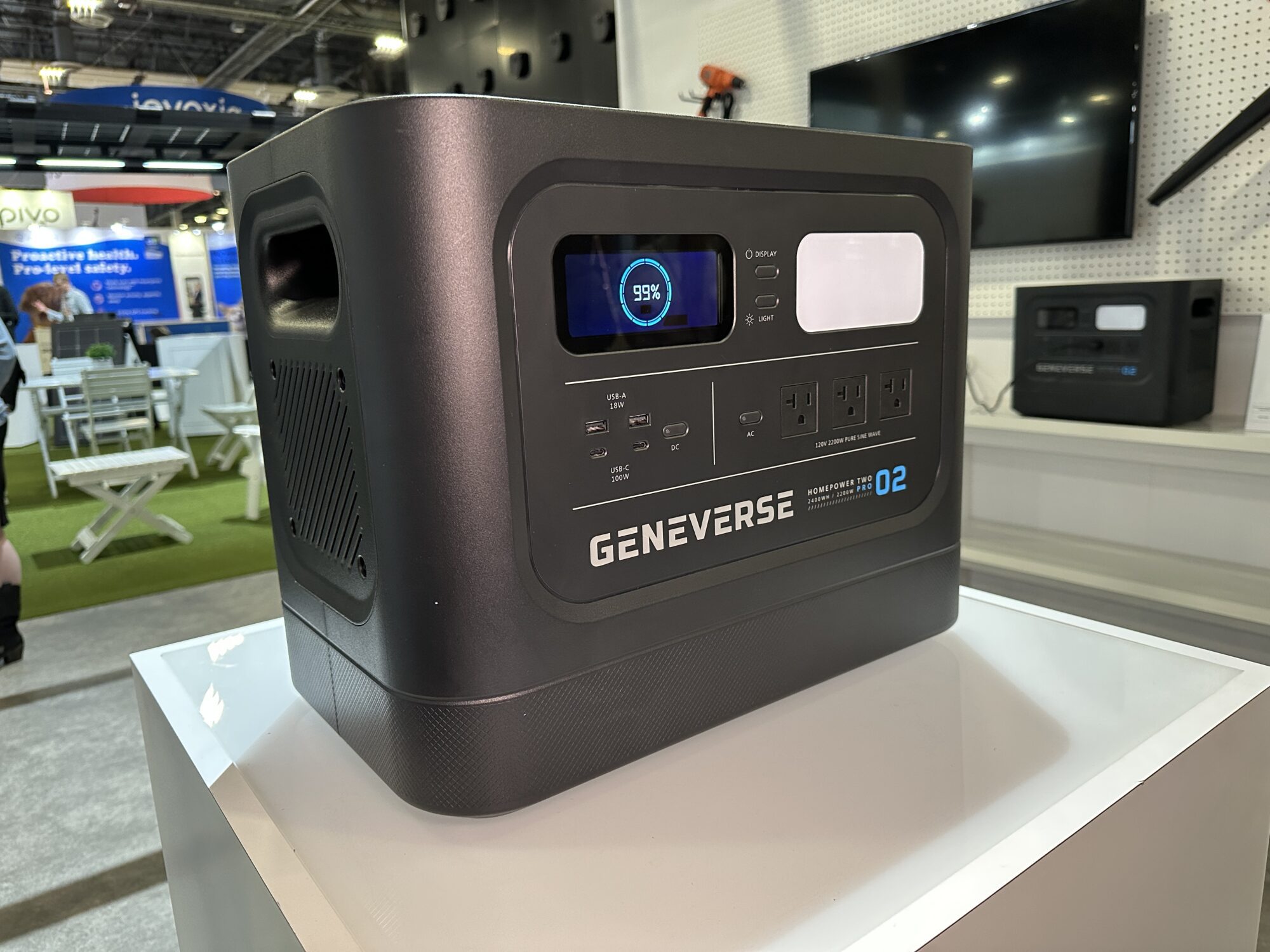
Geneverse HomePower Two Pro Solar Generator
Working from home on an island outside of Seattle means backup power’s a must for my husband and me. It’s our first entire winter here, and we’ve already lost power during two wind storms for more than 48 hours at a time. So when we priced backup generators that would keep the lights AND the internet on — it looked like we would have to spend about $20,000. Gulp.
Instead, we gave the Geneverse HomePower Two Pro Solar Generator a try. At $3,600 (including two solar panels), it’s still a significant chunk of change, but wow, has it ever been worth it. I couldn’t wait to check out their booth at CES — which they used their own devices to power.
If you’ve used portable generators before, you’ll understand why this one is different. There aren’t any fumes. It’s whisper-quiet compared to gas-guzzling generators of years past. You can use it indoors and power just about everything from lights and WiFi to medical devices and most appliances. It even runs your refrigerator for 35 hours on a single charge.
With the ability to recharge with solar panels, it’s a cool next-gen, self-sustainable energy source. It’s available now and costs $3,600 for the generator and two panels. The company also showed off an eight-foot tall expandable pergola made of telescoping solar panels that capture the sun’s energy to reuse later. Energy-independent homes have been a growing goal; this is one company to watch as it becomes a reality.
I’ll do more in-depth reviews of each of these products and more over this next year to let you know which — if any — deserve a spot in your home. Be sure to let us know what you think in the comments section.
